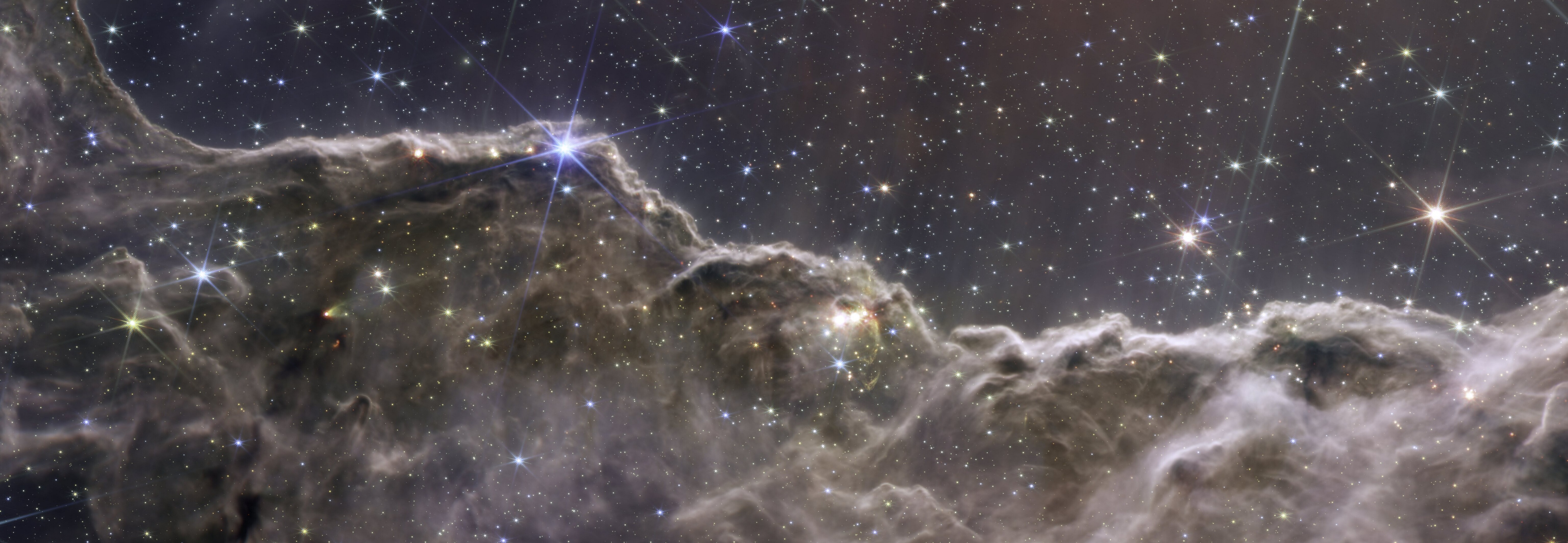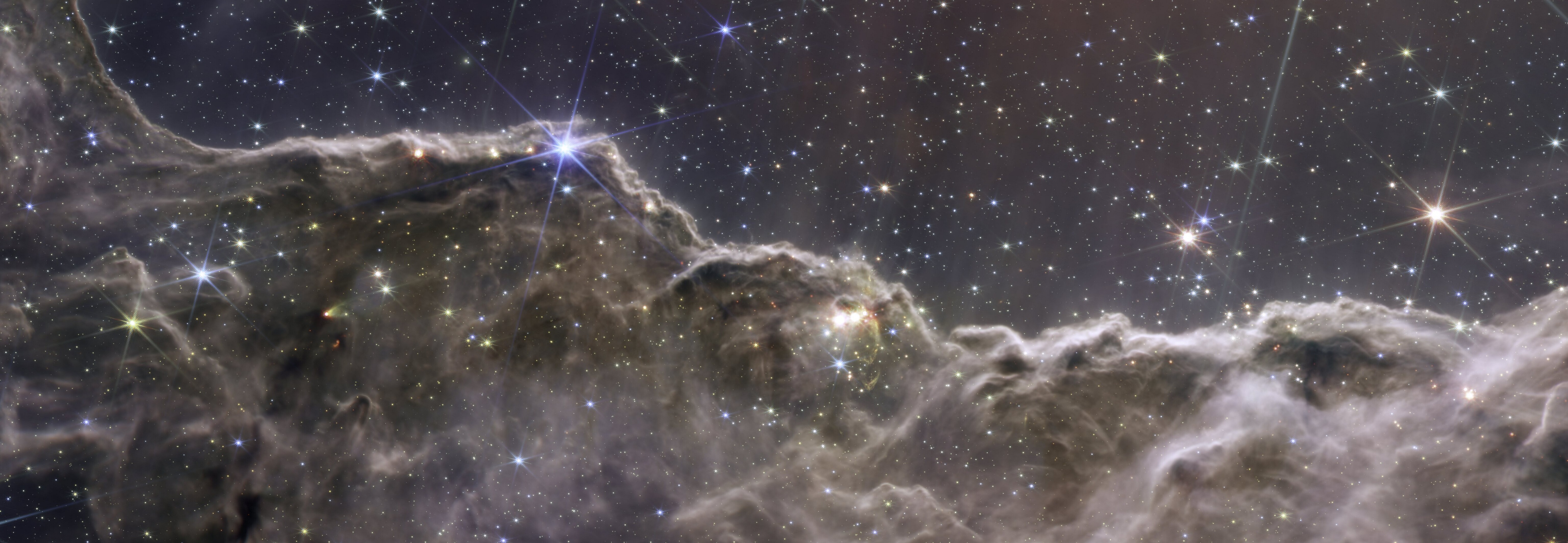NASA's latest engineering marvel, the James Webb Space Telescope (JWST), launched in December 2021 and is currently in orbit around the sun, about 1 million miles from Earth. The successor to the famous Hubble Space Telescope, JWST took more than a decade to design and build.
Recently, the US National Aeronautics and Space Administration (NASA) announced the first clear images of the universe taken by the James Webb Space Telescope - the largest and most powerful telescope ever created by humans to observe the early universe.
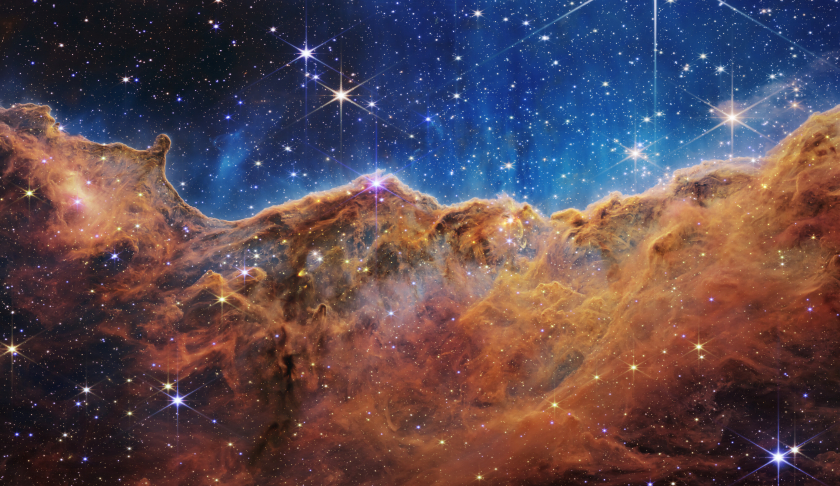
Cosmic cliffs in the Carina Nebula, created with near-infrared NIRCam and mid-infrared MIRI instrument data from NASA's James Webb Space Telescope

A zoomed-in image of JWST's first view of the Cosmic Cliffs in the Carina Nebula, revealing incredible details in the swirls of hot, ionized gas and dust blown out of the nebula by intense ultraviolet radiation
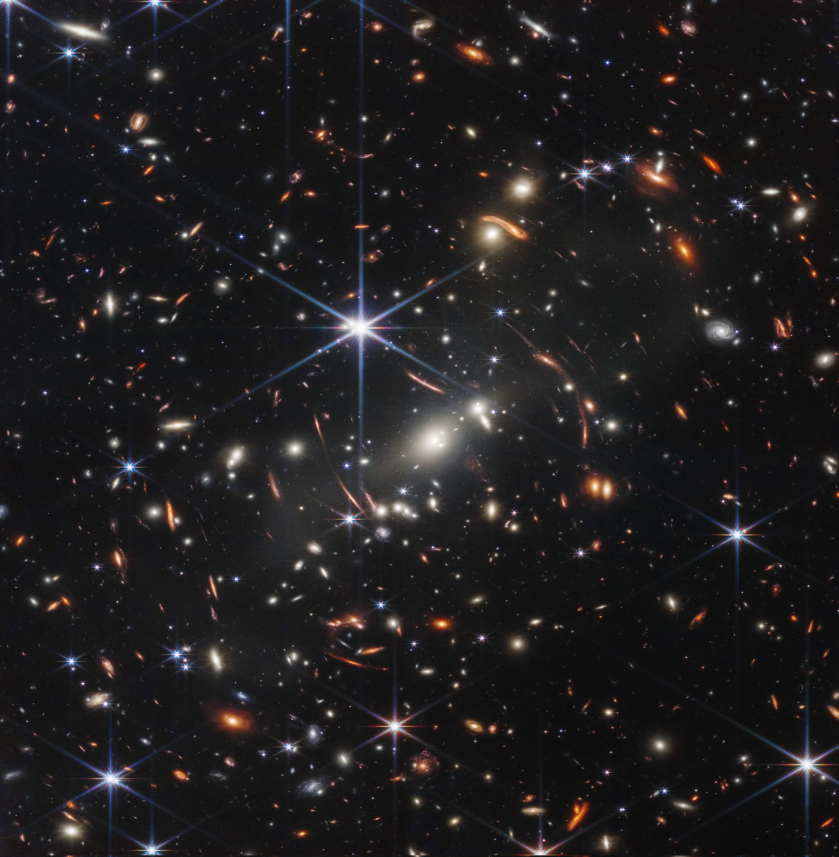
Galaxy cluster SMACS 0723, the deepest and sharpest infrared image yet

Comparing Hubble's previous image of the galaxy cluster SMACS 0723, seen in 2017 ( left ), with JWST's new, 2022 image ( right ), shows the increased brightness and detail brought by JWST's observations
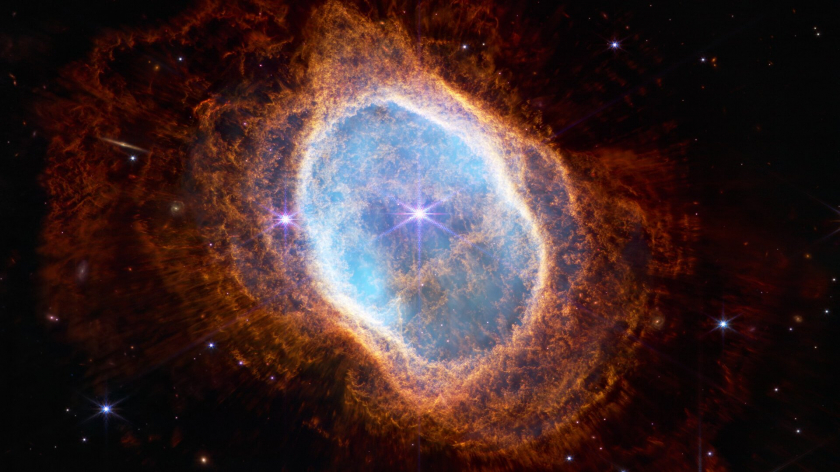
This image of the Southern Ring Nebula taken in near-infrared light from NASA's James Webb Space Telescope, a revolutionary instrument designed to peer into the early universe.
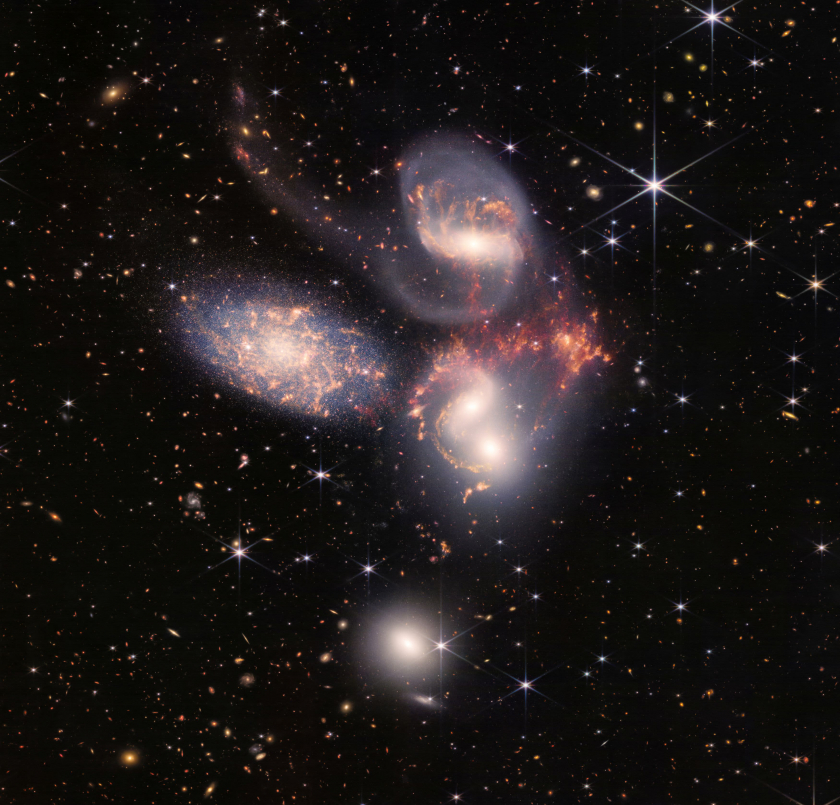
A group of five galaxies appears close together in the sky as seen through a synthesis of near- and mid-infrared data from NASA's James Space Telescope
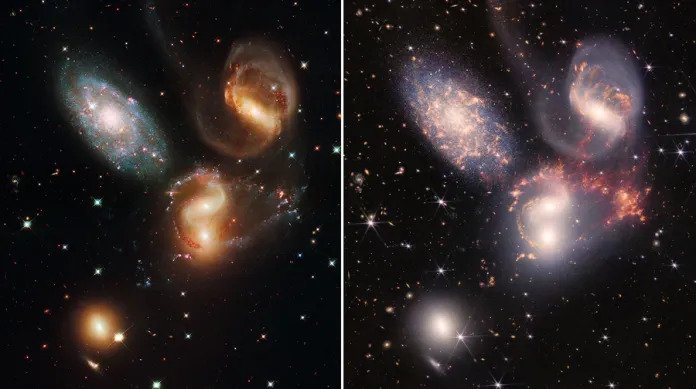
Side-by-side comparison of Hubble's 2009 image of the Stephan Quartet (left) with the JWST 2022 version (right), revealing incredible new detail within and between the larger galaxies

Stephan's Quintet is a collection of five galaxies, as observed by the MIRI instrument on NASA's James Webb Space Telescope
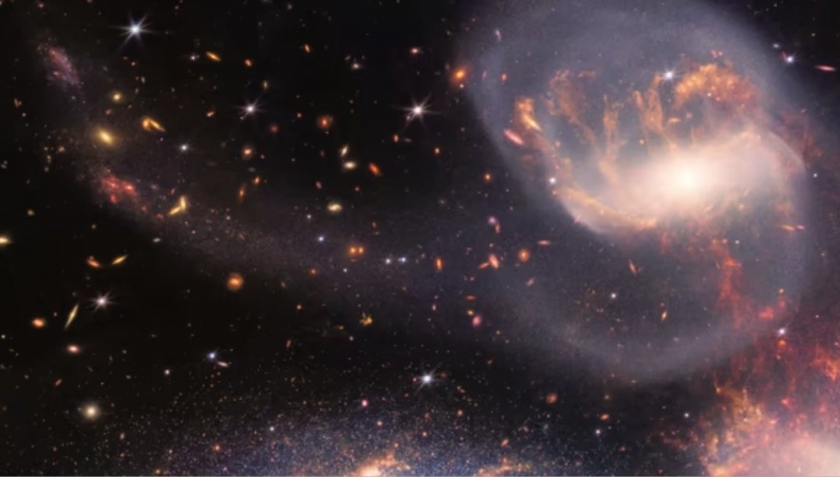
A closer, more detailed look at NGC 7319, a distorted barred spiral galaxy in Stephan's Quartet, and its long tidal tail extending off the left side of the image
The James Webb Space Telescope, formerly known as the next-generation space telescope, is a space telescope that has been built and was launched at 7:20 p.m. on December 25, 2021.





